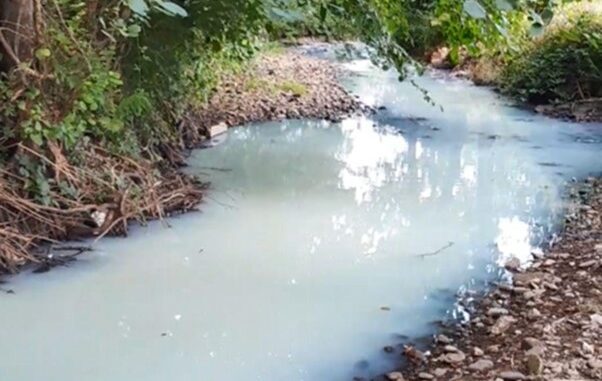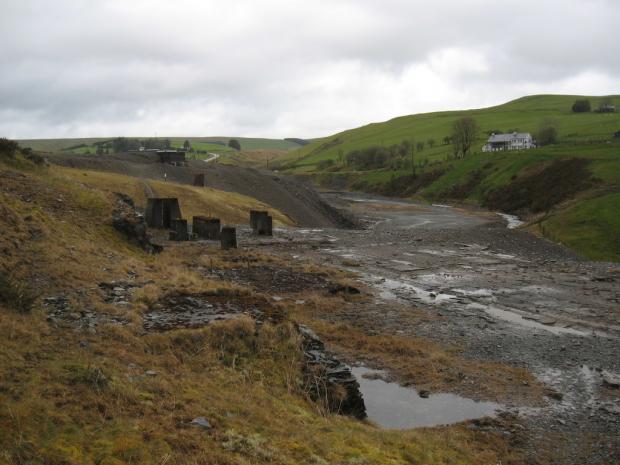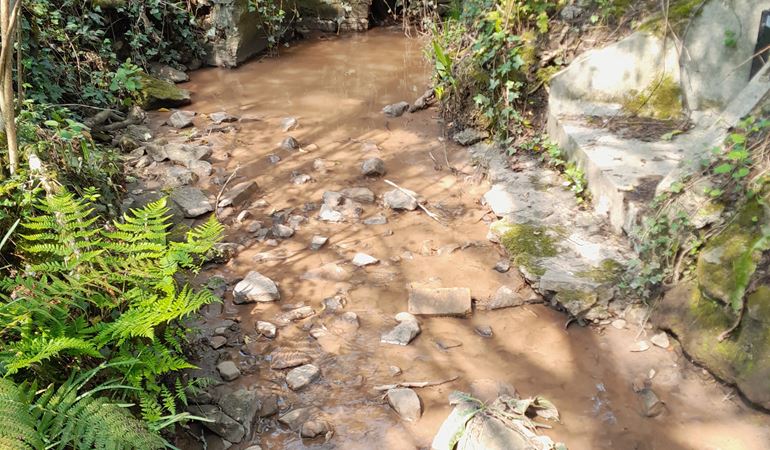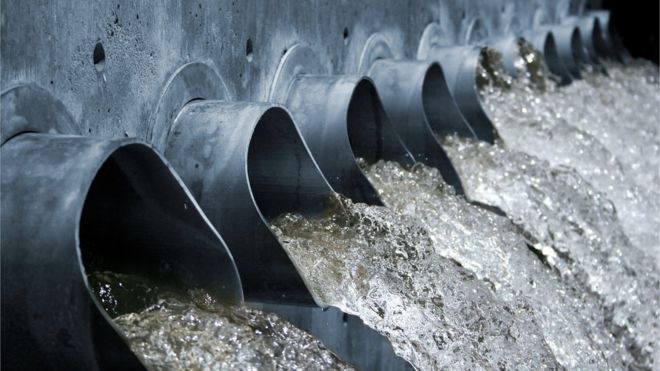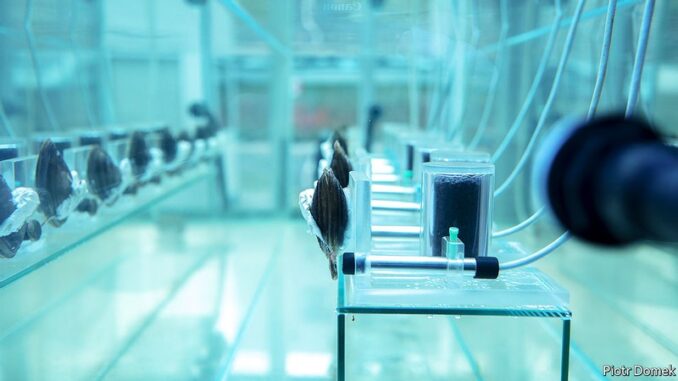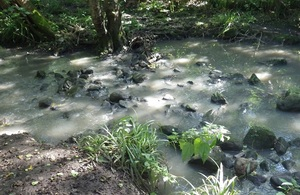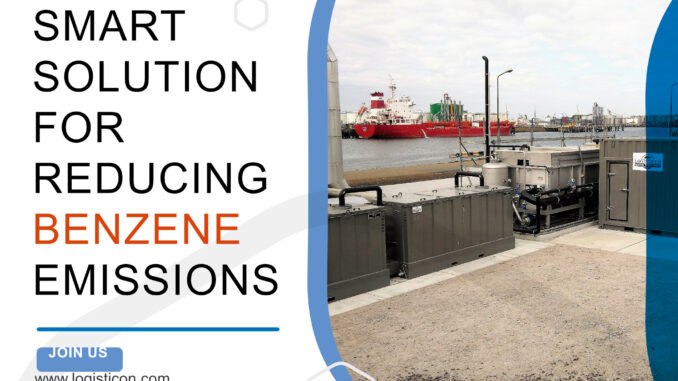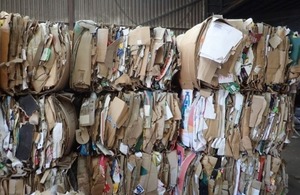The conduction of activities that involve a Health and Safety Risk are often assessed using a hierarchy of control (eliminate, substitution, intervention and administration) as advised by the HSE.
However, in relation to Concrete Wash Water the proposed control hierarchy is often expressed using terms such as avoid, contain, treat which is then reflected in the development of an action list as detailed below.
The subsequent action list that is developed may not be consistent with the guidance issued by the HSE in connection with controlling risks and may result in a inappropriate control philosophy being developed.
Commonly Quoted Concrete Wash Water Control Hierarchy
| Avoid | Activity | Classified using HSE Terminology |
| A1 | Avoid concrete wash-out on site | Substitute |
| A2 | Use concrete wagons fitted with integrated wash-out collection tanks | Substitute |
| Contain | ||
| C1 | Contain on site and pump back into concrete wagon for use at the batching plant | Engineering Control |
| Treat | ||
| T1 | Treat on site and discharge to foul sewer | Eliminate |
| T2 | Treat on site and discharge to controlled waters (surface water) | Eliminate |
| T3 | Tanker off-site for off-site treatment and disposal | Administrative Control |
The implementation of a concrete wash water control/treatment hierarchy in a manner such as above can create a false sense of security by movement of the risk to other points within the delivery chain and/or contradict the guidance issued by suppliers and/or equipment providers and or my contradict the preferred risk management strategy defined by the HSE (Eliminate, Substitute, Engineering Controls, Administrative Controls)., which would ensure a companywide approach to the management of operational risks.
The classification of the above concrete wash water control measures in accordance with the HSE classification scheme would lead to a different control hierarchy.
Avoiding Concrete Wash Out on Site
In avoiding the generation of concrete wash water on-site there is the potential that whilst the environmental and health and safety risks associated with the conduction of on-site concrete wash are transferred to another part of the supply chain and remain uncontrolled.
On-sites that it is not permitted to provide for the washing down of the chute of a concrete lorry, measures must be taken to ensure that the lorry is safe to travel back to base on the public highway.
The deposition of wet concrete on the road poses a significant rick to other road users.
The use of engineering solutions such as a concrete socks (fitted over the chute of a concrete delivery lorry) would in terms of the HSE hierarchy of control be classified as an Engineering Control (Level 3) and should therefore not be the preferred solution. The HSE consider that engineering controls should be implemented when it not possible to eliminate the hazard (Level 1) or substitute (Level 2) alternative product that does not have the associated hazard.
Where it is possible to do so the concrete delivery lorry should be washed down prior to return to its base, this approach of eliminating the hazard would be in line with the hierarchy of control as detailed by the HSE.
A number of concrete producers have published via their web page and communications with Clients the need to clean the concrete chute prior to the delivery lorry leaving the site, this is recognized as being in line with best practice.


Return of Concrete Wash Water to Batching Plant

Whilst washing of the concrete lorry prior to leaving the site ensures the safety of road users it generates a solid laden waste with a highly alkaline pH (Concrete Wash Water).
The temporary storage and batching of this wash water and subsequent return to the batching plant using concrete delivery lorries creates a number of difficulties. For example:
Suitability of Concrete Lorries for the transport of liquids
Concrete delivery lorries are designed to transport wet concrete, which whilst it will flow a liquid when placed in a pile, it has a high viscosity and such when compared with a liquid is a relatively stable load that sits across the base of the concrete drum adding to the stability of the load.
On the other hand, concrete wash water is a liquid, that has a low viscosity and unless this is stored in a manner which prevents movement during transport will move within the mixer drum giving a potential to change the lorries centre of gravity creating instability.
An additional concern is movement of the liquid load during ascending of slopes (hills), a liquid load will in response to the lorry climbing a slope move to the rear to the drum which is open and may cascade out onto to the highway, creating a hazard to other road users and the aquatic environment (discharge of highly alkaline pH via highways drainage to surface water course)
Concrete lorries are not designed to transport liquids and should not be used for this purpose.
Waste Management Issues
In simple terms a waste is anything which you decide to, or are required to, throw away. Even if the substance or article is given to someone else to be reused or recycled, it is still legally considered to be waste if it is no longer required by the person who produced it.
Under the definition of a waste, stored concrete wash water is clearly a waste and therefore is subject to the UK’s waste management legislation as such it is a legal requirement that:
- The waste material can only be transported by registered carriers (Licensed Carriers)
- That the waste is correctly described and that the appropriate transfer note is prepared and accompanies the waste during transport.
- That the waste is transported to a suitably licensed facility whose licence allows for the subsequent treatment, disposal or recovery of the waste material. Untreated concrete wash water due to its high pH would be classified as a hazardous waste (16 10 01).
Few if any concrete batching plants will be permitted to receive, treat, dispose of waste materials and few if any concrete lorries will be registered as waste carriers. The use of unlicenced waste management facility and waste carriers may result in enforcement action against the offending companies being pursued.
On-Site Storage of Untreated Concrete Wash Water
Untreated concrete wash water is a hazardous waste with associated health and safety and environmental risk associated with its storage.
Safe Storage
No specific UK legislation, guidance or code of practice has been developed covering the temporary storage of concrete wash water. However, documentation has been developed in relation to the storage of hazardous chemicals which can be used access suitable requirements for the safe storage of concrete wash water. In summary, best practice for the temporary storage of concrete wash water would be:
Use a suitable container to store concrete wash water that is:
- Sealed securely to prevent spills
- Resistant to the effects of corrosion
- Strong enough to be handled
- If open (uncovered) protected from the weather to prevent rainfall overfilling of the tank
- Locate the storage area in a location where spills/leakages will not be able to gain either direct or indirect entry into surface water courses and/or surface water drains.
Use Bunds and Secondary Containment Systems
Concrete wash water should be stored in a designated areas that has been designed to contain spills. The may involved the use of a bunded area and the use of secondary or self bunded storage containers. Where a single storage container is used, the bund volume should be at least 110% of the storage containers volume.
Maintain and Inspect Storage Tanks
Regular inspection and maintenance of the storage area is needed to ensure its integrity and prevent leakages from occurring. These inspections should:
- Ensure that the storage tanks remain in good condition and are still strong enough to prevent bursts or leaks .
- Repair or replace any damaged containers as soon as possible
- Maintain a record of the inspections, the observations made and repairs conducted.
Provide Adequate Signage
Provide suitable signage warning personal of the nature of the materials stored, PPE requirements, location of first aid and spill response equipment.
Spill Response
Position a suitably sized spill response kit within easy access of the storage area. The scope of the kit should be suitable for both containment and recovery of spilled material and the neutralisation of highly alkaline concrete wash water.
Prevent Vandalism and Ensure Security
Ensure that access to the storage facility is controlled and secure enough to prevent acts of vandalism.
In summary, concrete wash water storage facilities, need to be planned, correctly designed and operated so as ensure that they cannot cause the escape of significant volumes of highly alkaline (high pH) water into the environment.
On-Site Treatment of Concrete Wash Water
On-site treatment of concrete wash water provides the opportunity to eliminate the hazard associated with concrete wash water at source (point of production). Elimination of the physical hazard is considered by the HSE as being the most effective hazard control option.
Suggested Hierarchy of Controls: Concrete Wash Water
In line with guidance issued by the HSE on the elimination and controlling of hazards associated with hazardous materials a hierarchy of control measures is outlined below:
| Tier | Category | Example |
| 1 | Elimination physical removal of the hazard | On-site treatment of the concrete wash water to neutralise the highly alkaline pH. |
| 2 | Substitution | Use of concrete mixes which do not create alkaline pH wash water. Not currently practical. |
| 3 | Engineering Controls | Design and implementation of suitable concrete wash water storage facilities that allow for the safe storage of the alkaline pH waters. |
| 4 | Administrative Controls | Use of a suitable licence waste carrier and waste management facility to treat the concrete wash water |
On-site treatment to eliminate the hazard associated with untreated concrete wash water should be the preferred solution, with adoption of higher solutions when it is technically not feasible to provide for on-site treatment.
Source: Watery News 11th December 2023

